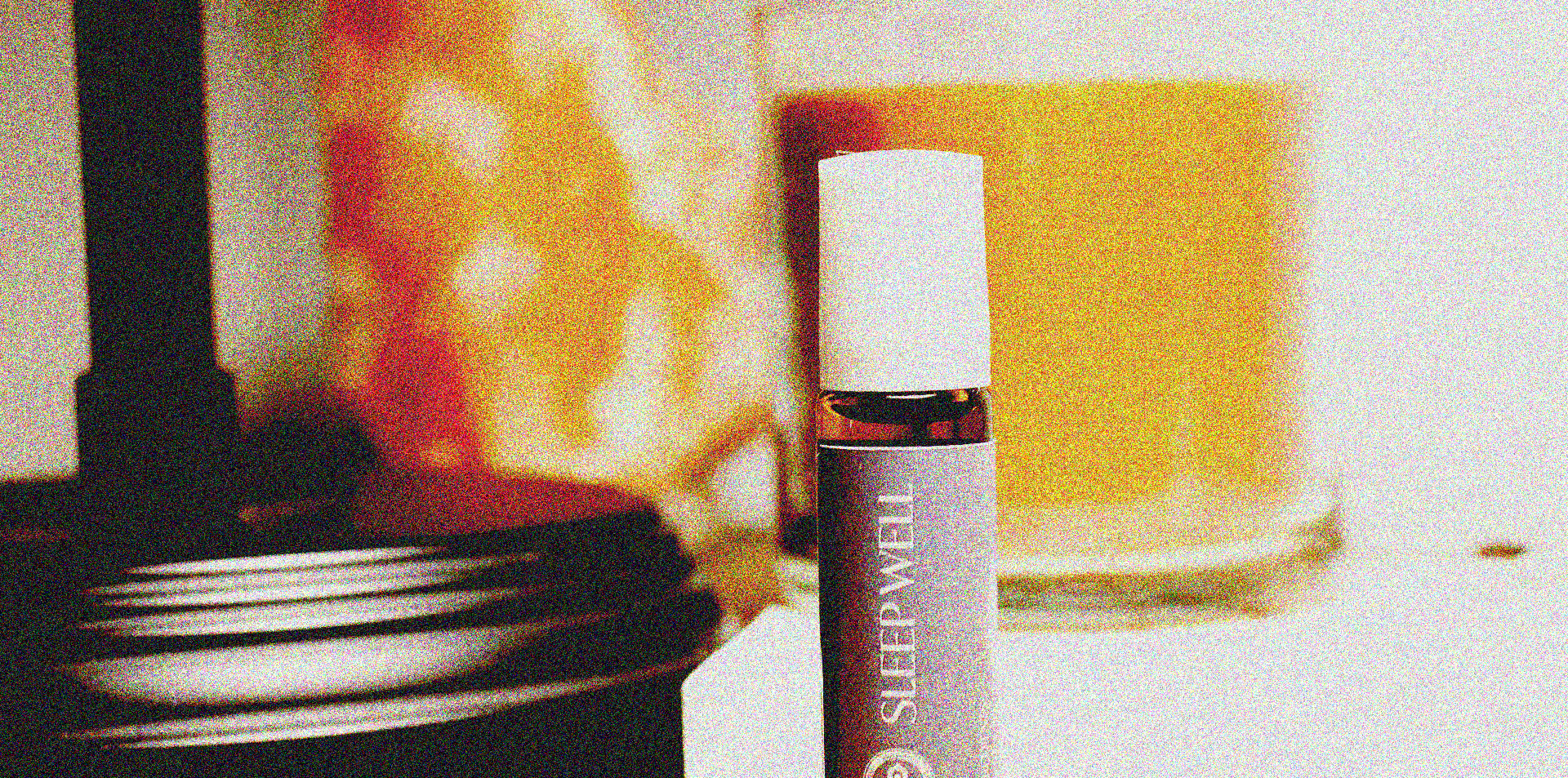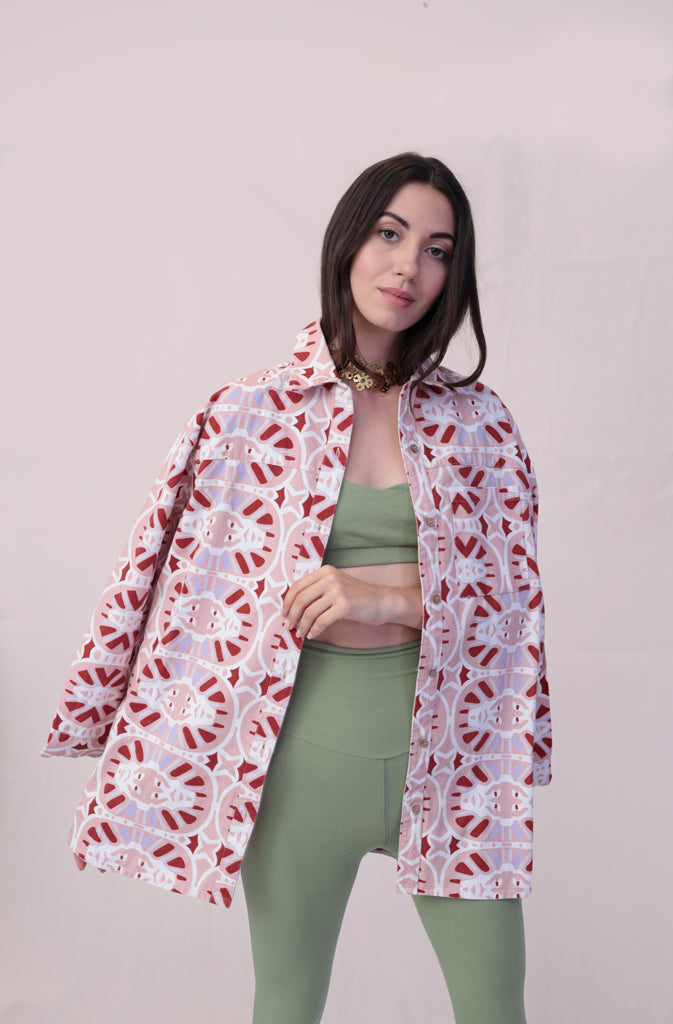
Essential oils - a quick guide
WHAT ARE (THE BEST) ESSENTIAL OILS AND HOW TO USE THEM?
Essential oils, as the name suggests, are the very essence of plants. They are powerful and concentrated chemical compounds found in the leaves, petals, roots or seeds of a plant. They give it its aroma, protect it from different environmental conditions and help with pollination.
Essential oils are obtained through a process of distillation and extraction, and have different benefits and properties in humans when used cautiously. Today, there are about 3,000 well-recognised essential oils, of which 300 are generally classified as safe to humans by the US Food & Drug Administration (FDA). Mint, lavender, orange, and chamomile are amongst the more popular essences but you can check the full list here .
There are three common ways to use essential oils :
Smell is the only sense that has direct connection with the limbic system, this is why essential oils can have a direct impact on our emotions.
- Inhalation
Inhalation is the common approach, either directly inhaled or through an oil diffuser. The scents of the oils travel through the smell receptors directly to the limbic system; a part of the brain in charge of regulating our emotions, among other processes. The limbic system releases different chemicals according to the stimuli received, which are directly linked to the way we feel. Smell is the only sense that has direct connection with the limbic system, this is why essential oils can have a direct impact on our emotions. So the idea is not just to achieve a pleasant smell in our apartment :) There have been clinical trials that indicate improvement in areas such as anxiety, insomnia, and energy levels. For example, a study measured the body's level of cortisol before and after the use of essential oils. Cortisol levels are directly linked to stress levels, and the trial showed a significant reduction.

A very interesting pilot study at a United Kingdom cancer centre, where 89 patients included essential oils as part of their anxiety treatment, reported that 58 out of the 89 patients had a significant improvement in anxiety and depression levels, measured by the Hospital Anxiety and Depression Scale (HADS). In my experience, this is one of the best uses, and can be easily incorporated in one’s daily routine. For example, you could set an alarm two or three times a day to remember to pause and slow down for 5 minutes. While taking a series of breaths you could include gentle inhalations of a calming oil, such as lavender.
- Topical
Topical application is also a safe and practical way to absorb essential oils, but they have to be diluted with other conductor oils such as coconut, almond or castor oil to avoid irritation or even serious skin burns. Conductor oils are also useful to allow the essential oil to be absorbed by the skin progressively without quickly evaporating which can limit their benefits. Great points to apply them are the palm sides of the wrists, the plexus, the soles of the feet or behind the ears. These are so called ‘pulse points’, meaning the heart rhythm can be felt and the skin is thinner and closer to the blood flow. This allows quicker and more effective absorption of the oils, resulting in better results. The recommended dilution ratio is typically one drop of essential oil to three drops of the conductor oil, except with potentially irritative oils such as oregano and tea tree, then the recommendation is at least one drop to 5 drops. Topical application can also be used for skin conditions such as acne, rashes, and mild skin infections. For example, oregano oil has shown to have a variety of properties such as antioxidant, anti-inflammatory, anti-fungal, and anti-allergic. The antimicrobial effect of some oils has been demonstrated in studies , showing that oregano and tea tree oil (to mention a few), effectively inactivated various pathogenic bacteria. But watch out for citrus or citrus blends when using essential oils on the skin, as they can increase susceptibility of skin damage caused by ultraviolet light (i.e. act as photosensitisers), and shouldn’t be exposed to the sun
- Ingested.
Ingested . There are people who ingest essential oils, however, this is an extremely controversial topic and there have been claims of serious damage caused. So we are making a strong point on recommending against ingestion. To put it simply: There are no proper regulations in place when it comes to the extraction and production of essential oils, so the risk is simply too high. If you decide to try the ingestion method, make sure they are prescribed by a certified therapist that guarantees their therapeutic grade, their quality, and knows about dosage. Considering they’re extremely concentrated substances, it's very easy to overdose and cause a damaging effect on your health. In fact, whatever approach of application you decide to go for, opt for moderate consumption. There is no need to be rolling the oil across your wrist over and over. We recommend keeping it to or below three times a day.
How to choose your essential oil?
The number one thing to consider is quality. There are many brands that dilute the oils with poor quality and even toxic ingredients to lower costs. Make sure the ones you use are 100% pure, and haven’t been altered or are even synthetic. Trustworthy essential oil brands give you information about their harvest and production process to make sure they're sustainable and ethically produced. Finally, price can also be a good indicator; if it’s very cheap, there is a big chance that it might not be 100% pure, which would not guarantee its benefits and even be risky for your health. If you would like to give our oils a try, let us give you some insight: We have developed three amazing pure, sustainable and ethically produced blends to ease the daily stresses of life, all of them mixed with almond oil, to make sure you can apply them on your skin safely:
- Relaxation: a combination of lavender, orange, vanilla and bergamot, ideal for calming the mind and reducing anxiety and overthinking.
Researchers at the University of Chengdu tried a similar blend to ours to treat depression in people over 60 years. They had three groups of patients. One received the mixture of oils via topical, the other through inhalations, and the third group was a control group, without any protocol. After two months of the protocol moods improved significantly in the topical and aromatherapy protocol groups. Also, the patients showed increased levels of serotonin in their blood, which we know is associated with states of well-being and happiness.
- Sleep well: a mix of lavender, chamomile and orange. All of them with calming effects that promote sleep.
This blend combines the properties of lavender and orange with the super powerful plant Chamomile - an amazing ally to treat insomnia by helping to induce sleep, due to its sedative effects on the brain. There arestudies that show that the extracts in chamomile help with the production of GABA, a neurotransmitter responsible, among other functions, for the relaxation of the nervous activity in the brain, so we can fall asleep.
- Focus: a mix of clove, mint, rosemary, sandalwood and thyme, which are great for concentration.
This powerful blend includes mint, which helps us breathe better, therefore increase the oxygen flow in our brain and hence improve concentration. Clove and sandalwood have calming properties to reduce stress and relax our nervous system, so we can focus on the task at hand. Lastly, we have thyme and rosemary, which have been used for centuries to stimulate the mind and promote good memory. Studies determined that inhaling the essential oil of rosemary can help increase our memory significantly due to one of its components, eucalyptol, which activates an increase in the production of dopamine, a neurotransmitter that improves cognitive functions of the brain, enhancing information retention.





